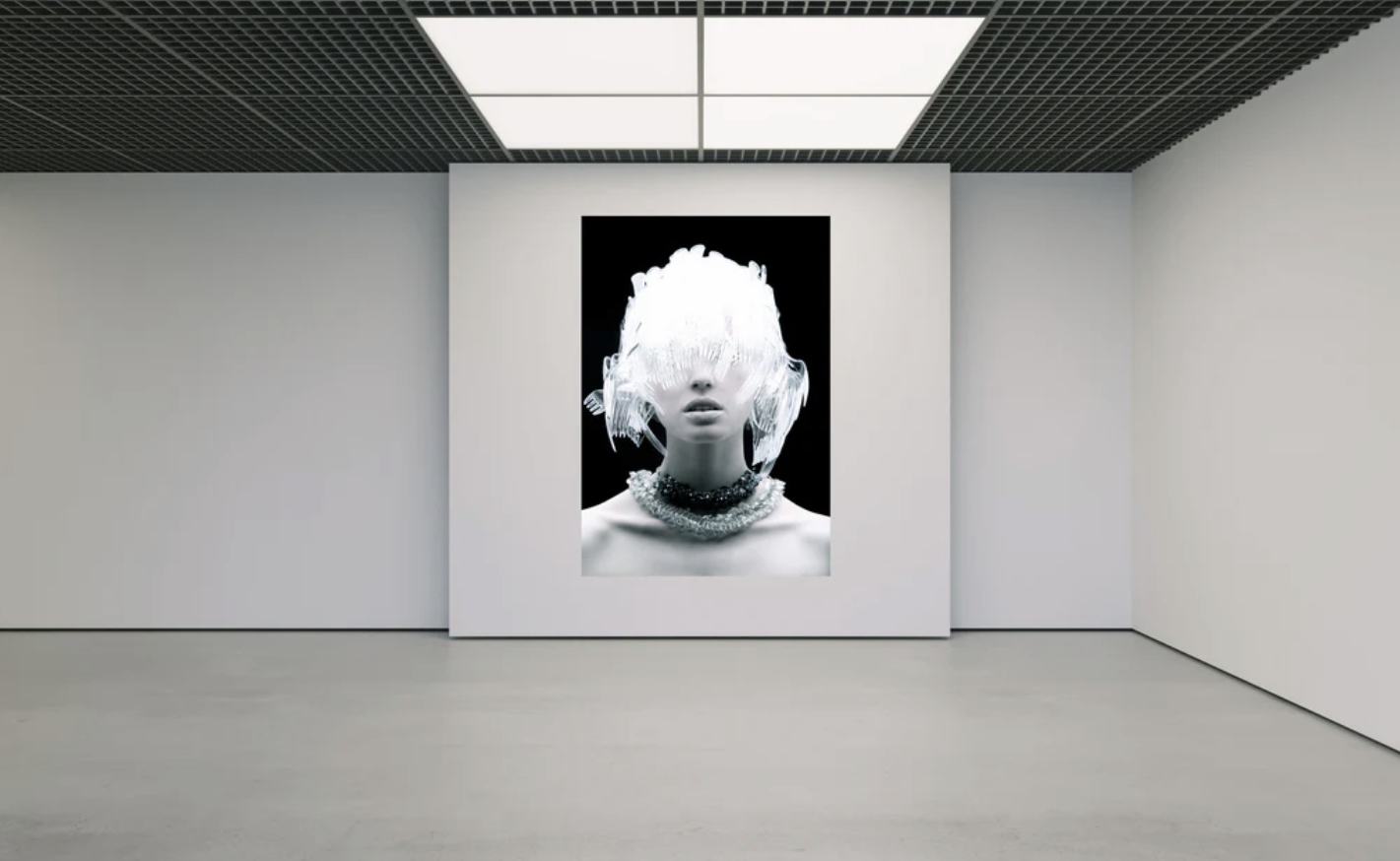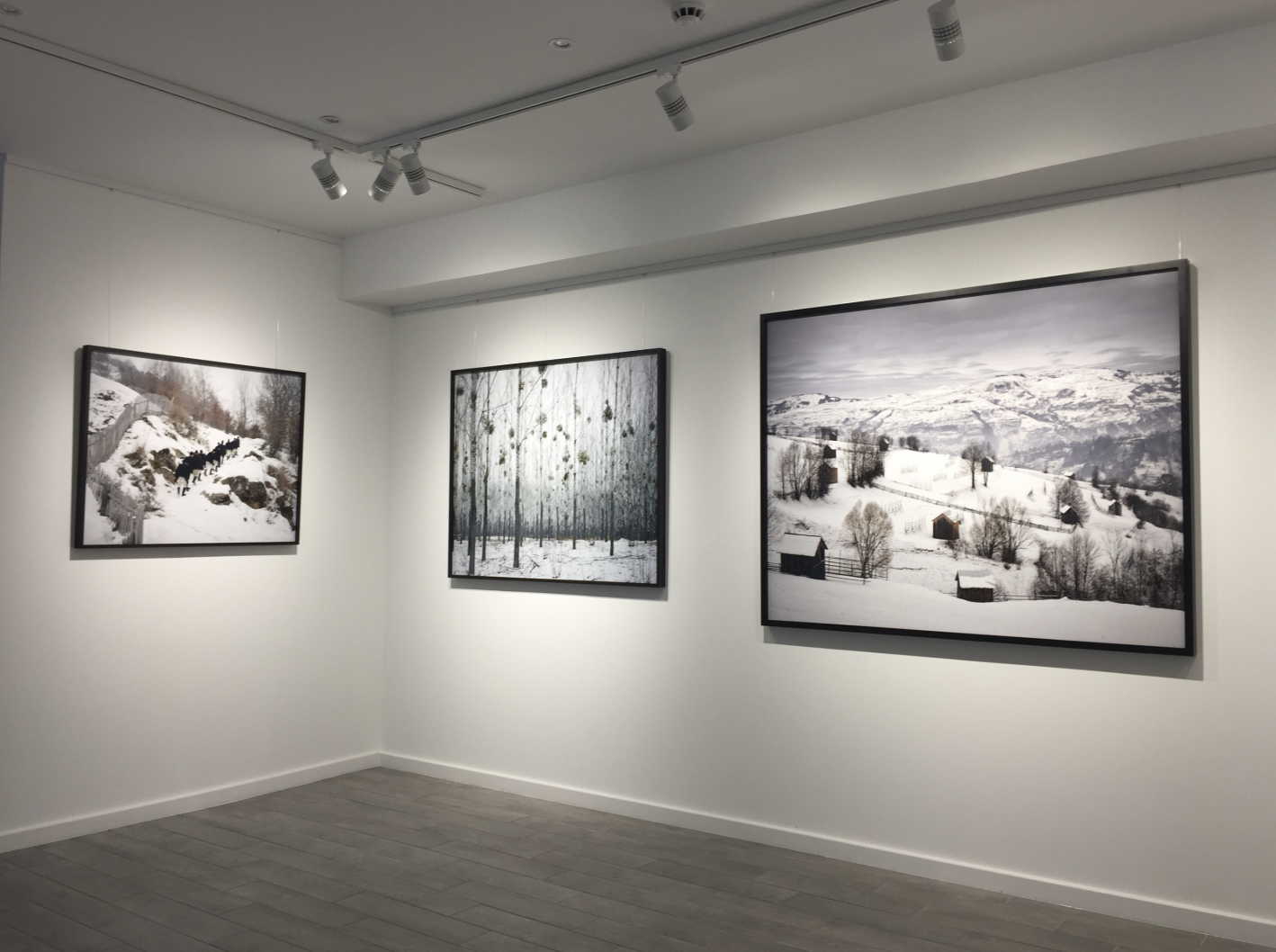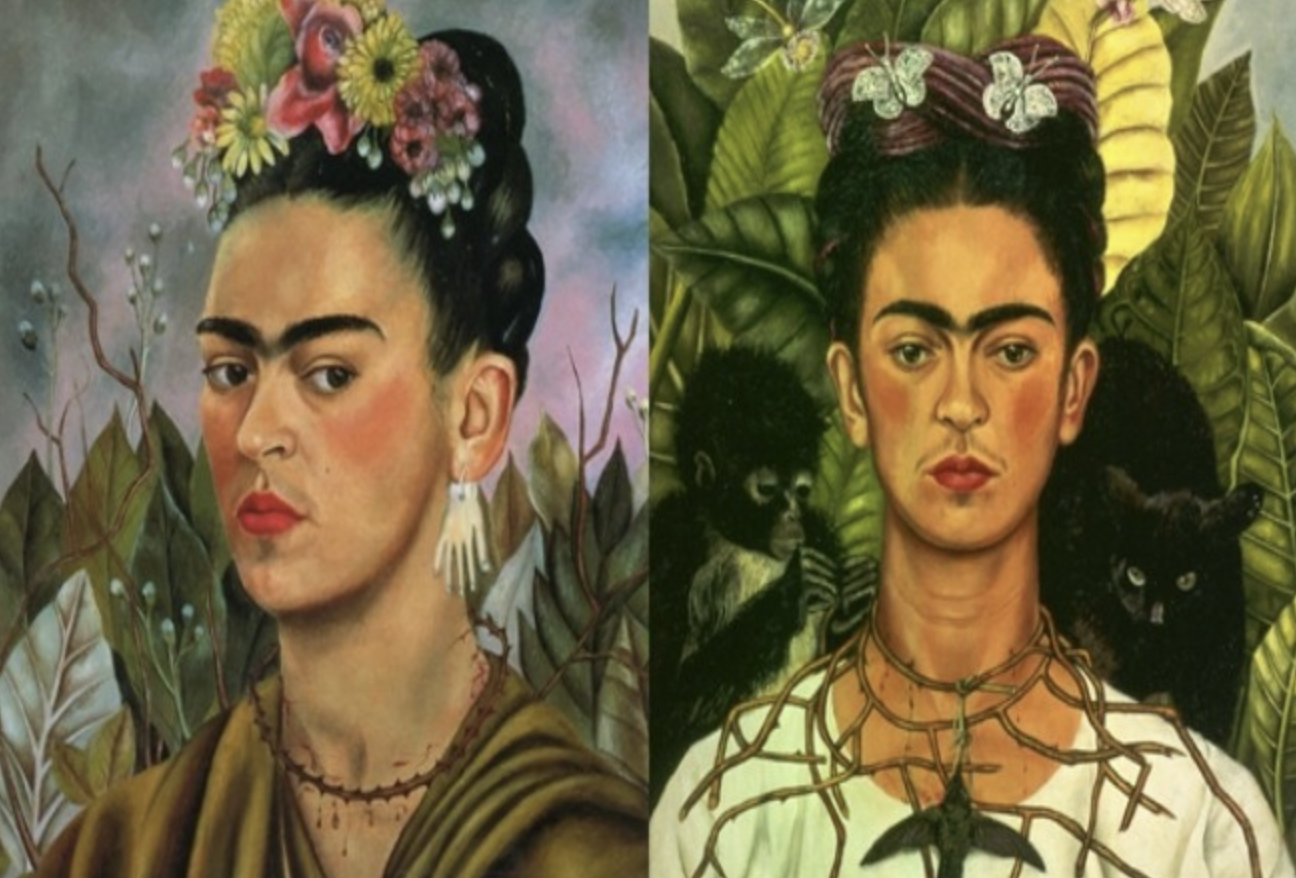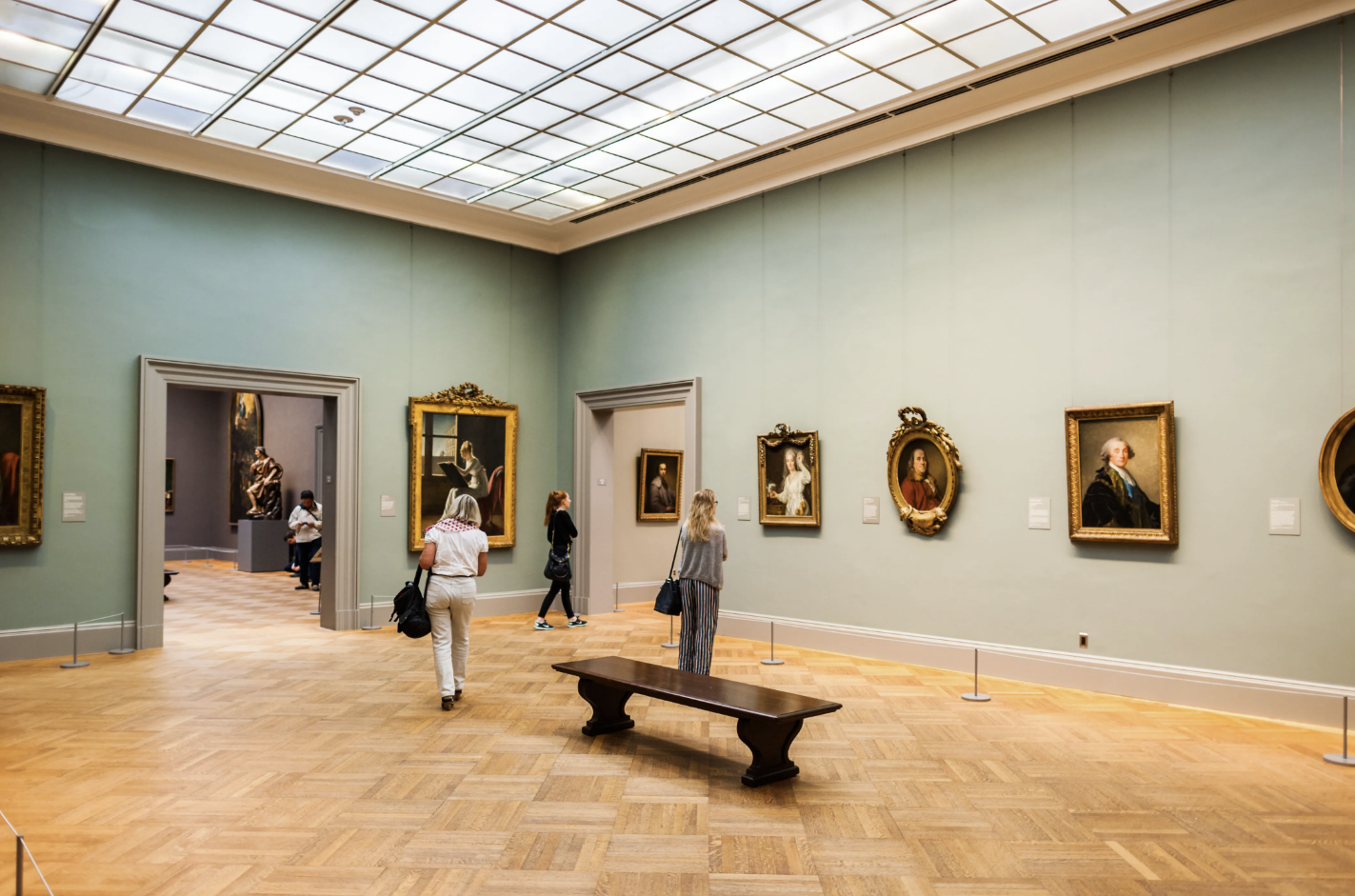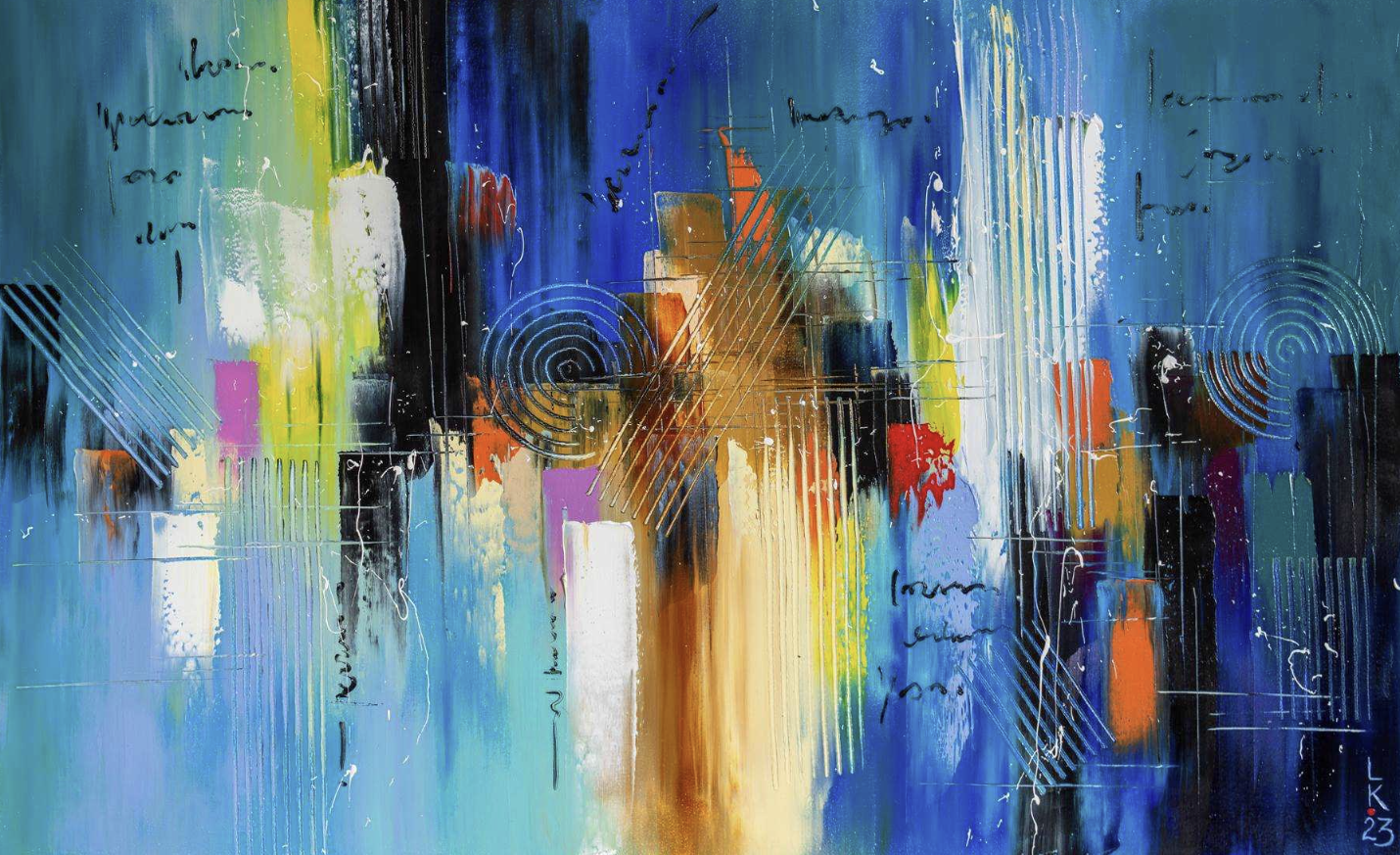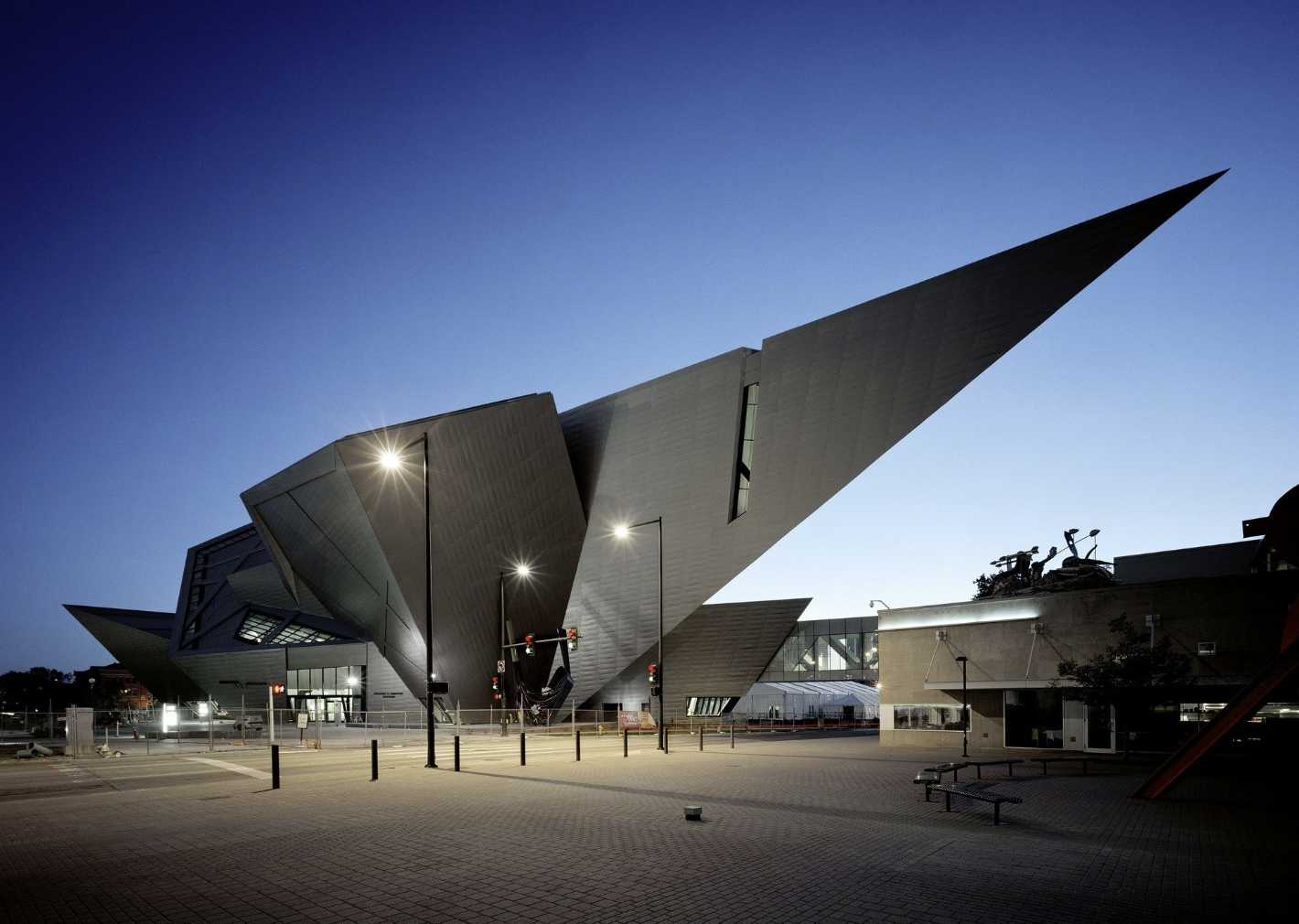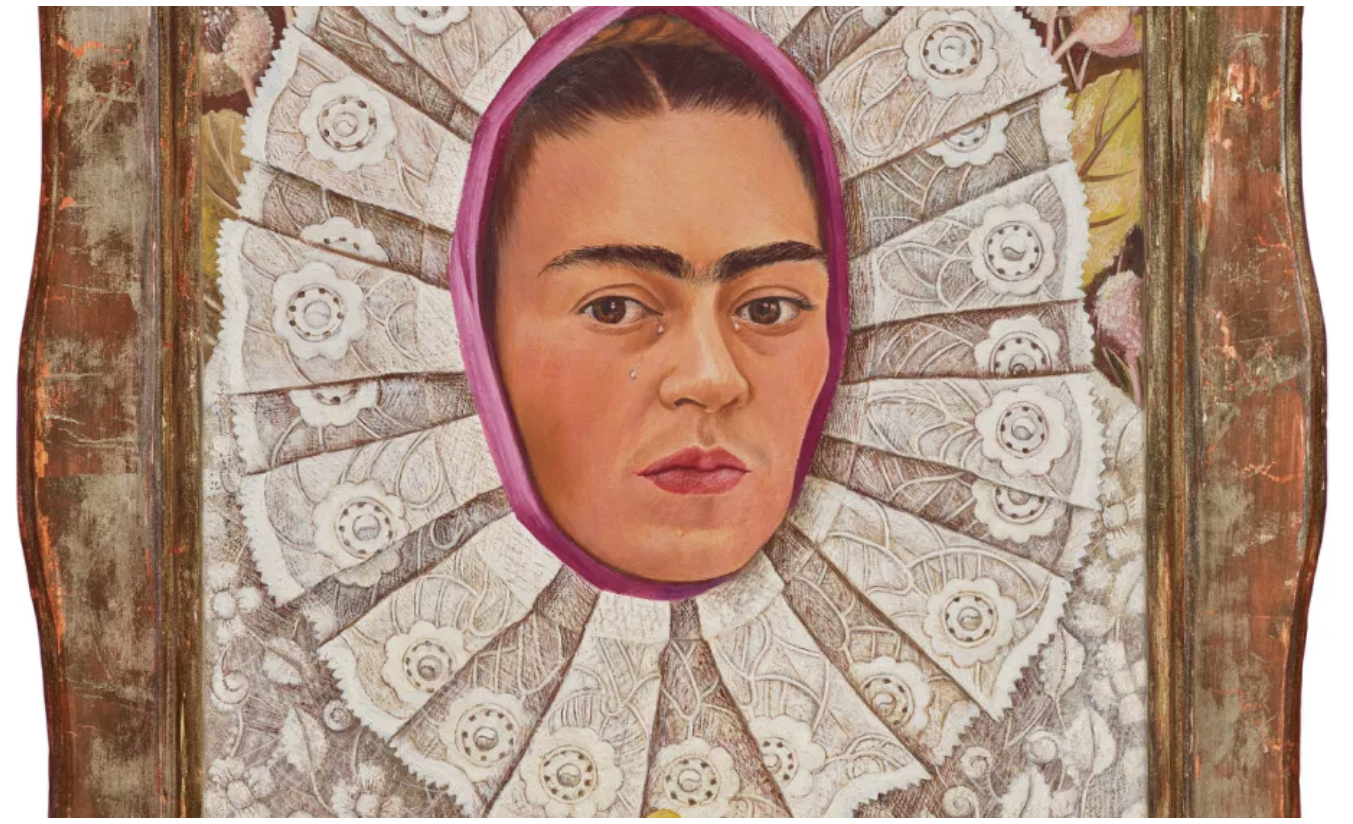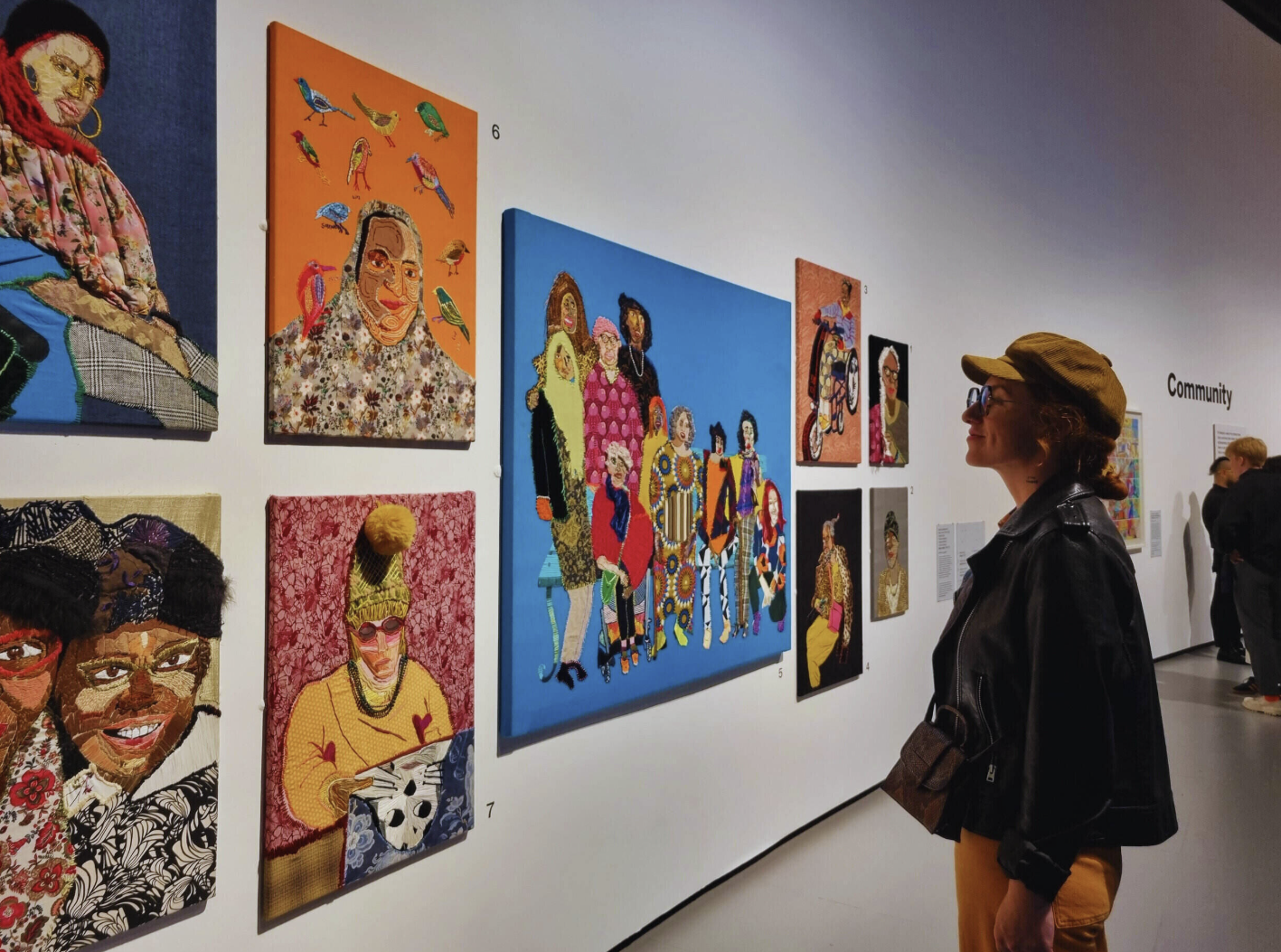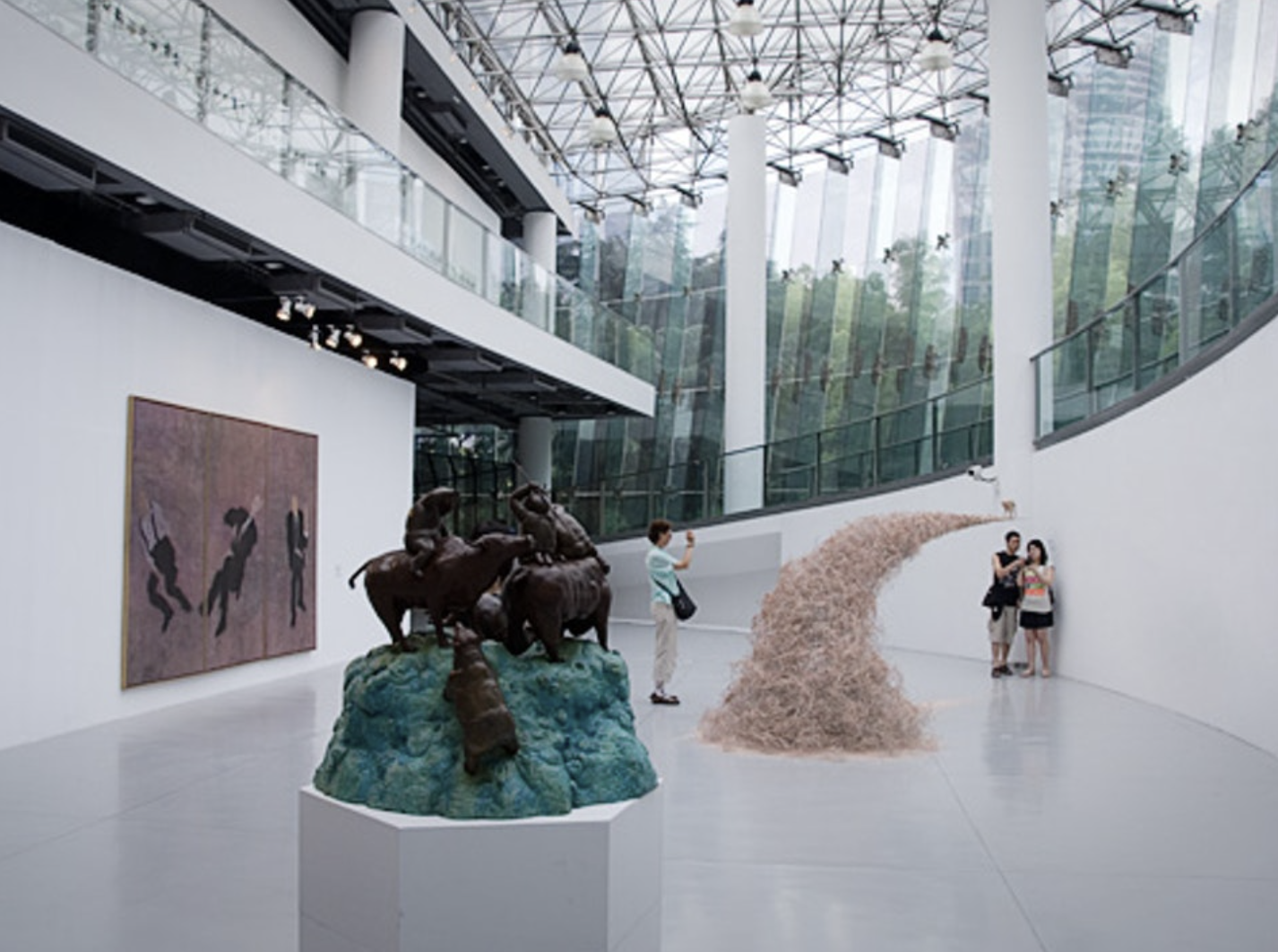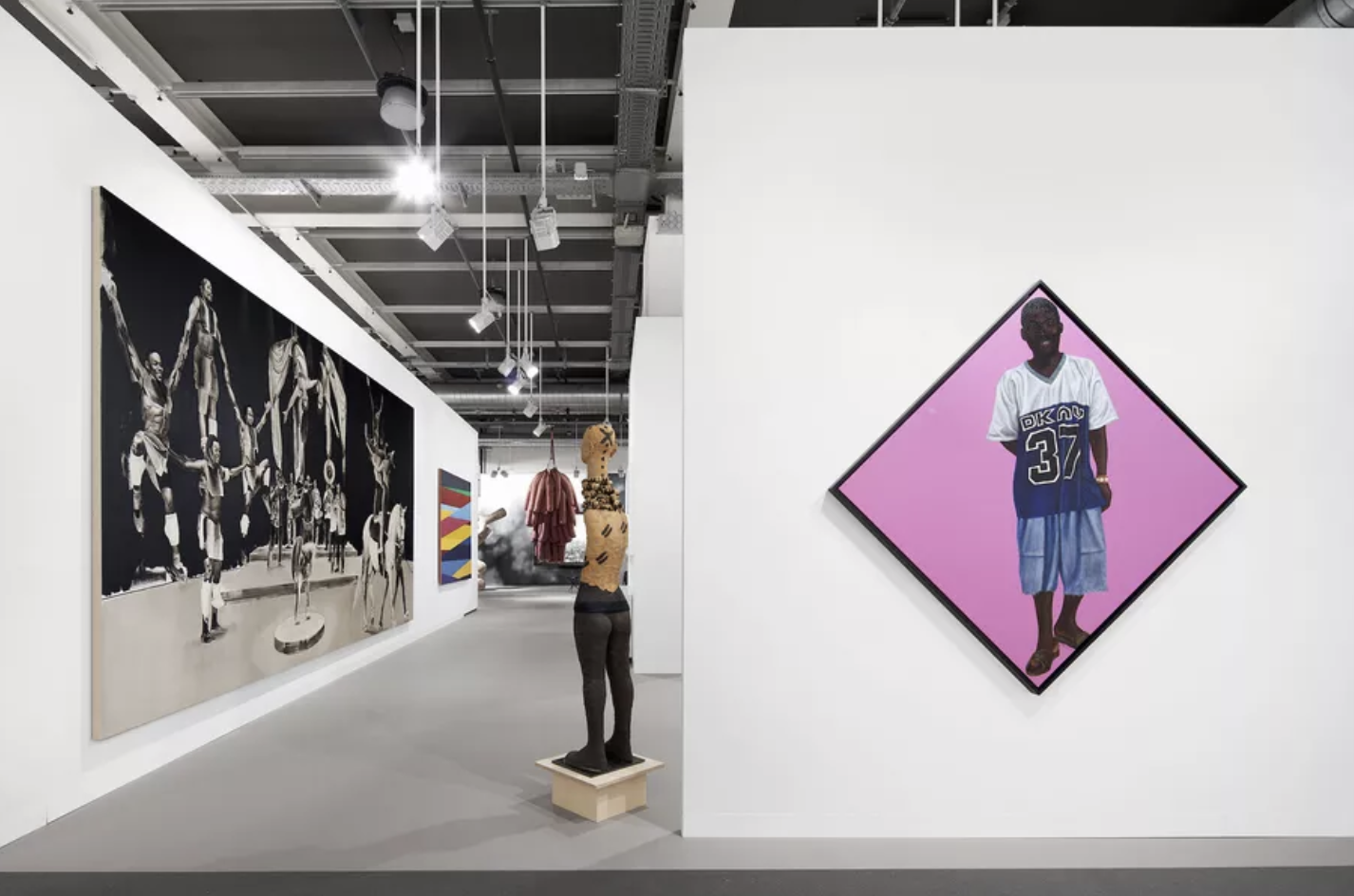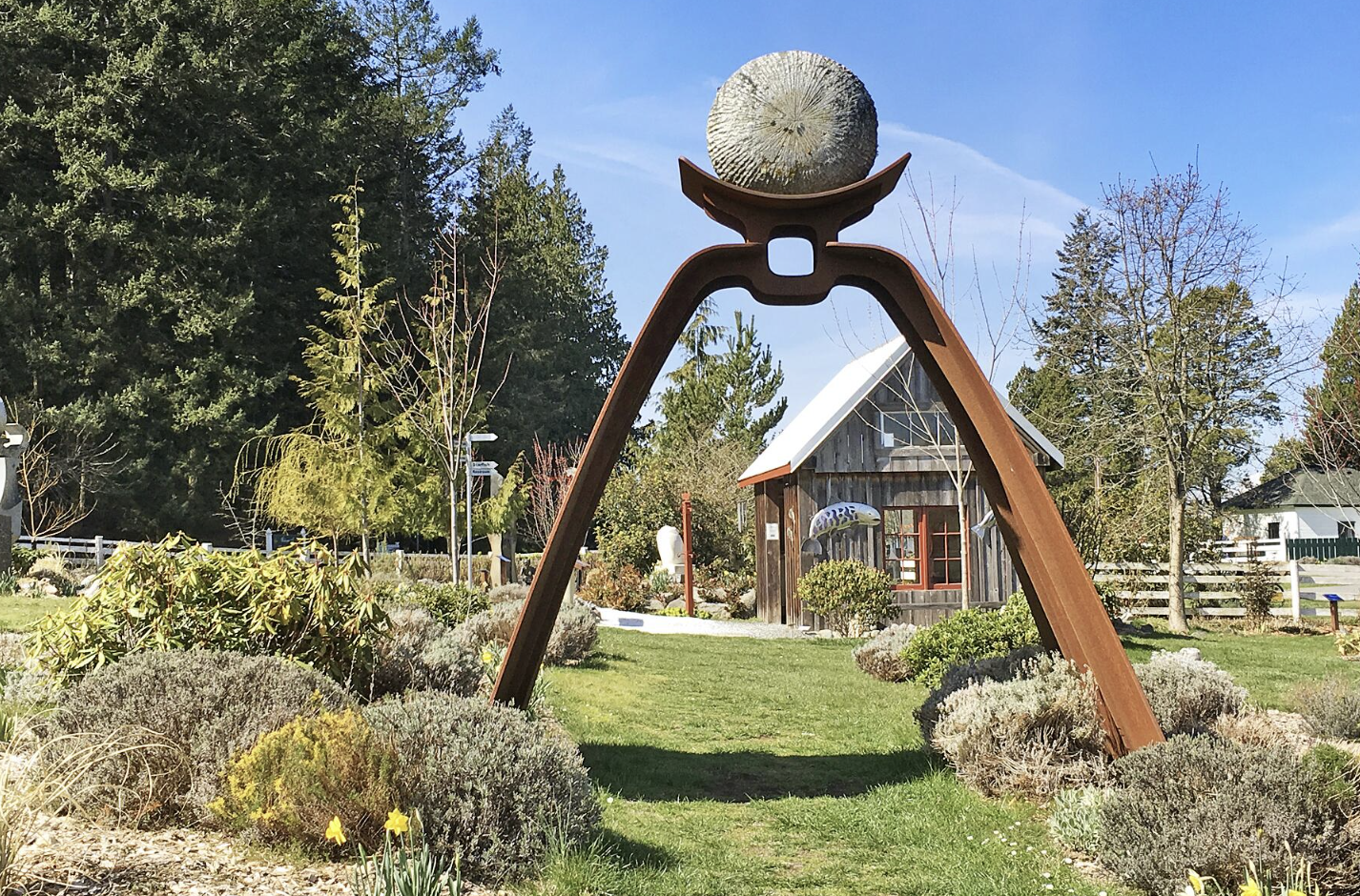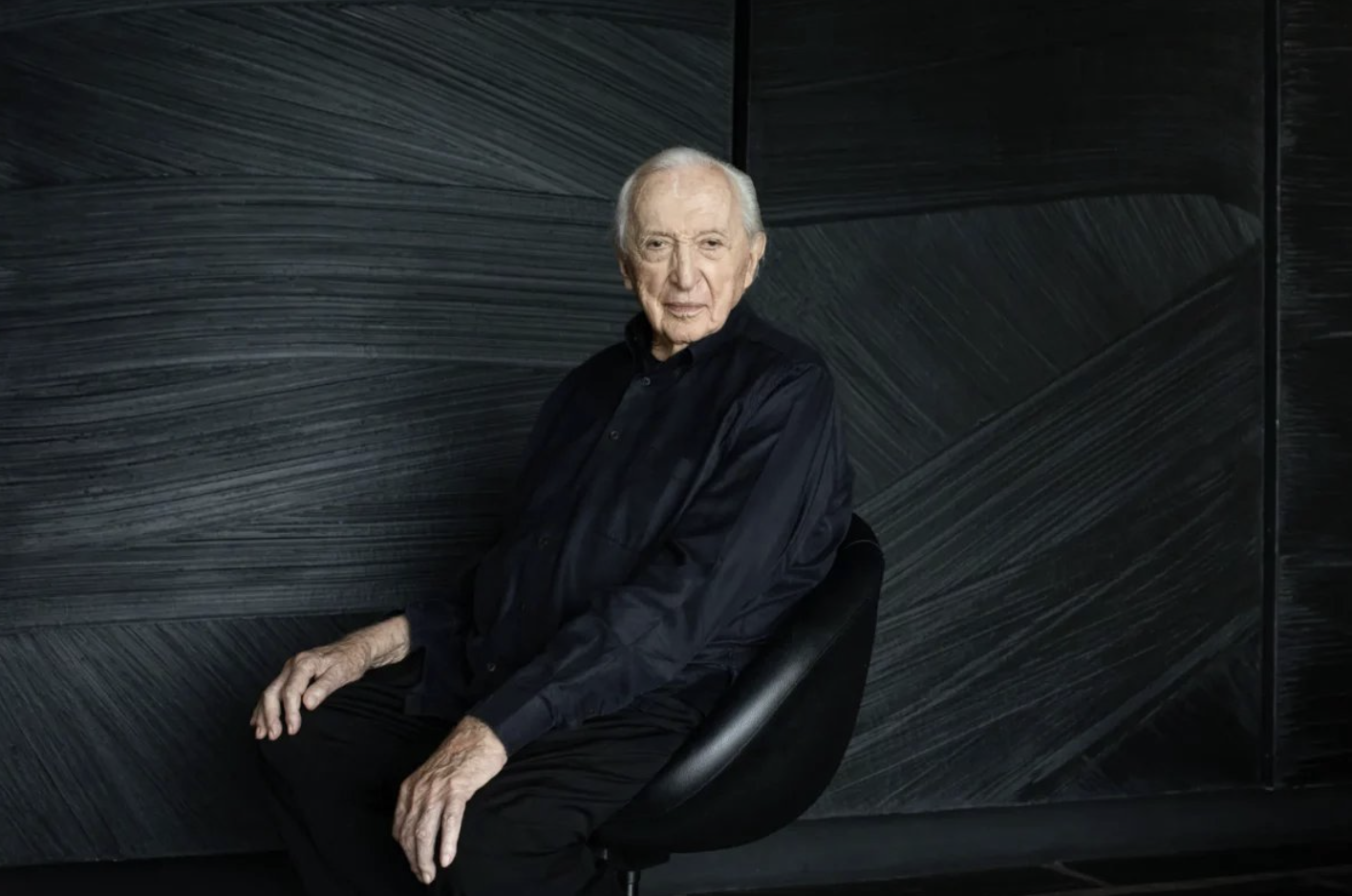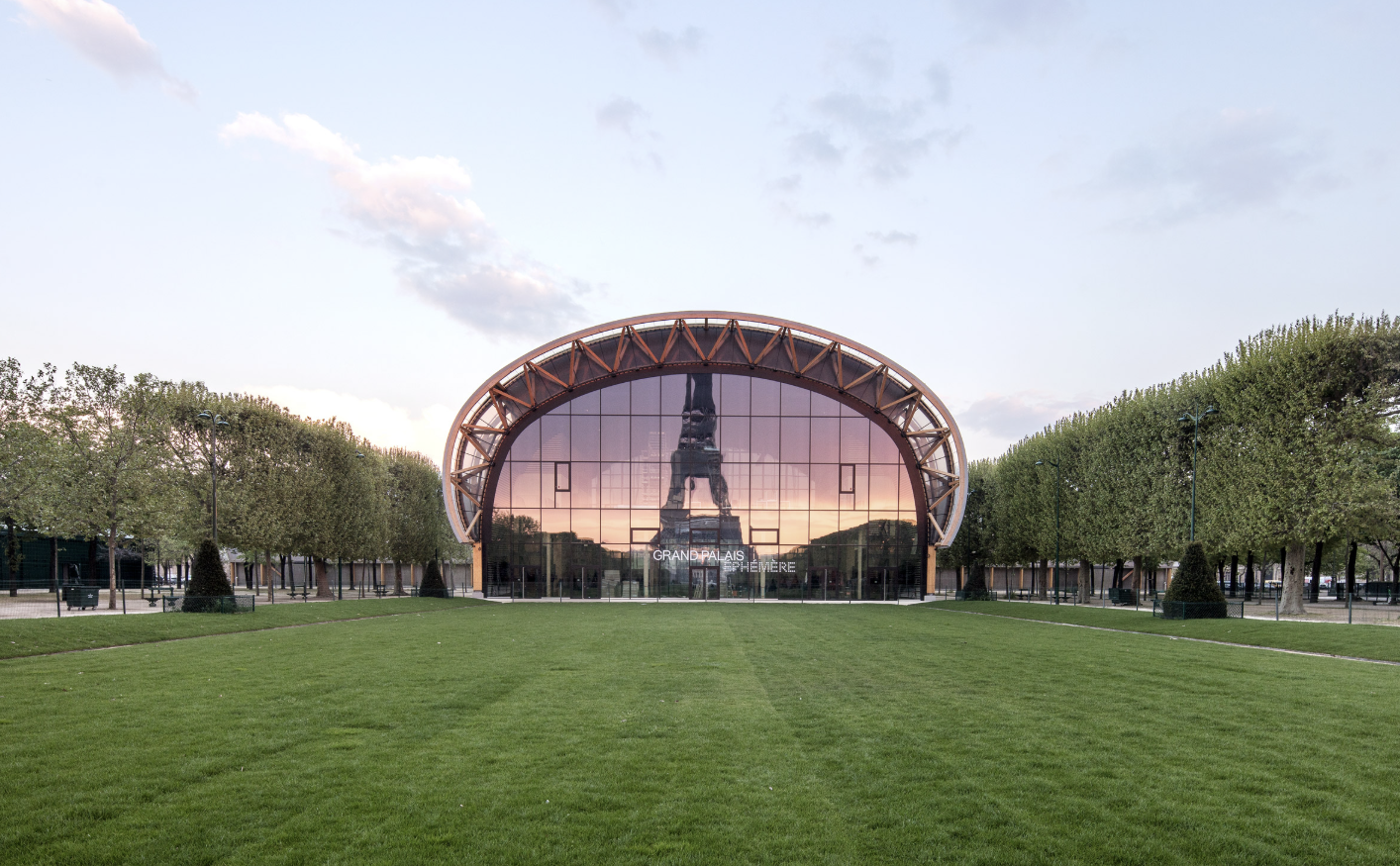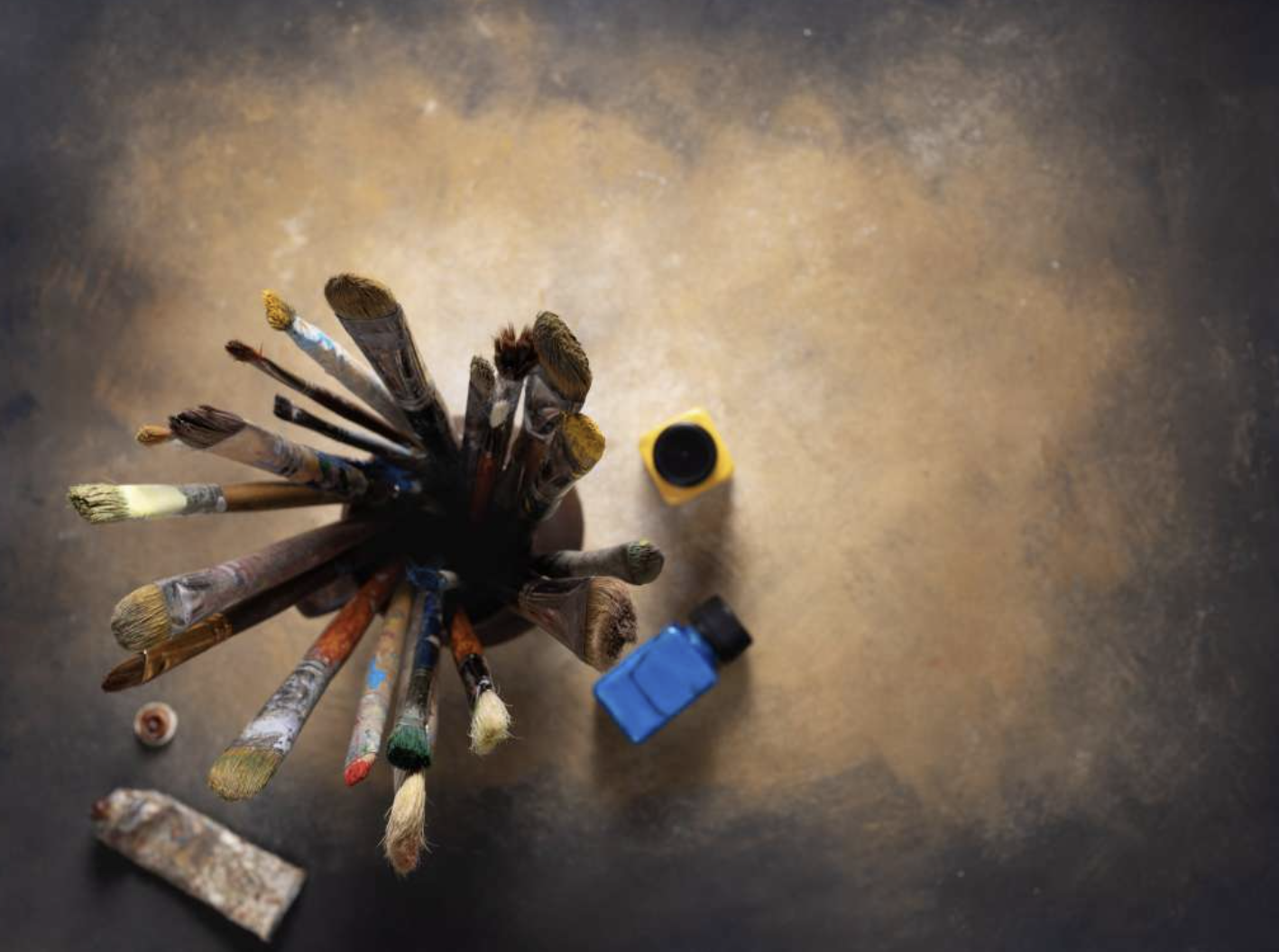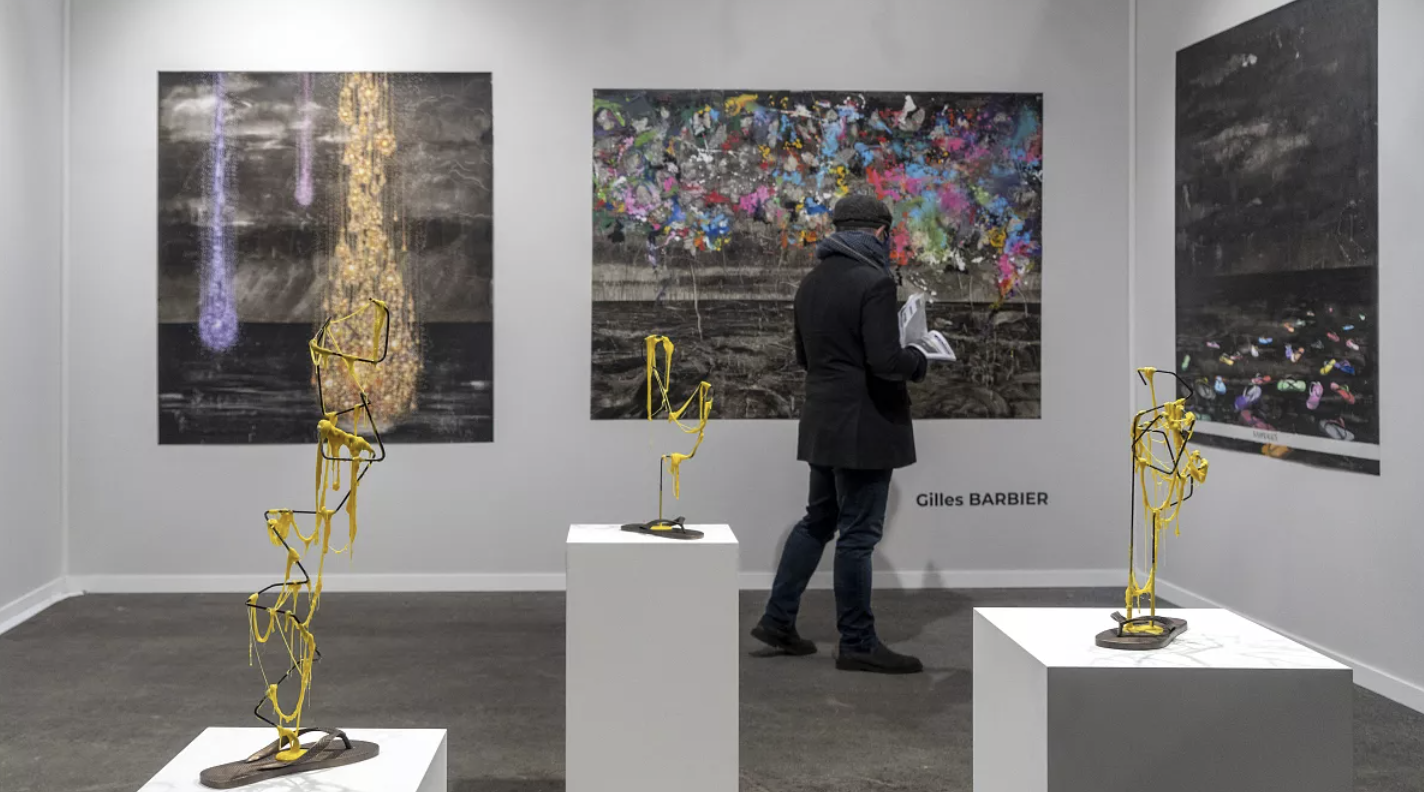
Artists have always sought spaces that inspire and nurture their creativity, and many of the world’s most iconic creators have left behind a lasting legacy through their homes and studios. These villas and houses not only served as sanctuaries but also as the birthplaces of some of the most celebrated works in art history. Here’s a glimpse into the homes of several renowned artists whose residences have now become cultural landmarks.
Claude Monet’s House in Giverny, France
In 1883, Claude Monet moved to Giverny in Normandy, where he would spend much of his life. It was here that he created some of his most famous works, including the stunning Water Lilies. Monet’s passion for nature is evident in the vibrant garden he cultivated with the help of local gardeners, making it an artistic haven. Today, visitors can explore the expansive garden, which still features the iconic weeping willows, peonies, and, of course, water lilies that inspired his masterpieces. The house, with its bright and inviting interior, is a must-see for anyone interested in experiencing the world that shaped Monet’s vision.
Gustave Moreau’s House in Paris, France
At the end of his life, French painter Gustave Moreau transformed his home at 14 rue de La Rochefoucauld in Paris into a museum dedicated to his work. This space now houses thousands of his paintings, sketches, and sculptures, many of which are housed in the gallery that occupies what was once his studio. The spiral staircase leading up to the upper floors adds a sense of mystery to the house, offering a glimpse into Moreau’s unique artistic world. His residence is now a museum, inviting visitors to immerse themselves in the fantastical atmosphere that characterized much of his art.
Frida Kahlo’s Casa Azul in Mexico
Frida Kahlo’s Casa Azul, located in the heart of Coyoacan, Mexico City, is more than just a house; it’s a tribute to the life of one of the 20th century’s most influential artists. Kahlo lived here for most of her life, and the house is now a museum that showcases her personal belongings, paintings, and photographs. The vivid colors and eclectic furnishings reflect Kahlo’s bold personality, and a visit offers an intimate look into her world, including her relationship with Diego Rivera and her connection with figures like Leon Trotsky. The house, which is a symbol of Mexican culture, continues to inspire art lovers from around the globe.
Salvador Dalí’s House in Portlligat, Spain
Tucked away along the Mediterranean coast, Salvador Dalí’s house in Portlligat, Spain, is as surreal and eccentric as the artist himself. Originally a fisherman’s house, it became Dalí’s primary residence and studio, offering a perfect glimpse into the mind of one of the 20th century’s most innovative artists. The house, now a museum, is a labyrinth of rooms filled with Dalí’s personal artifacts and works, each space revealing his extraordinary vision. Situated near a small beach, the villa provides a tranquil yet striking setting that perfectly complements the dreamlike quality of Dalí’s art.
Auguste Rodin’s House in Meudon, France
The Villa des Brillants in Meudon, France, was where Auguste Rodin spent the final years of his life. The house is also the site of his burial and has been transformed into a museum celebrating his life and work. One of the most iconic features of the villa is The Thinker, which greets visitors at the entrance. The museum offers an immersive experience into Rodin’s creative process, showcasing his sculptures in various stages of development. The surrounding gardens provide a serene backdrop, allowing visitors to reflect on the profound impact Rodin had on the art world.
Auguste Renoir’s House in Cagnes-sur-Mer, France
In 1907, renowned painter Auguste Renoir moved to the south of France to escape the cold weather and improve his health. He settled in Cagnes-sur-Mer at the Domaine des Collettes, where he lived with his wife until his death. The house, which is now a museum, features an extensive collection of Renoir’s work, surrounded by lush gardens that served as both inspiration and retreat for the artist. The Provencal-style residence offers a beautiful glimpse into the artist’s life and is a testament to the serene environment that influenced much of his later works.
Notable Artist Residencies and Exhibition Locations
In addition to the homes of individual artists, there are several artist residencies and cultural spaces that continue to inspire and foster creativity around the world. These locations offer artists a chance to live and work in environments steeped in history and artistic tradition.
Villa Médici in Rome, Italy
The Villa Médici in Rome, built in the mid-16th century, has been an important cultural hub since it became the home of the French Academy in 1803. Today, the Villa Médici continues to serve as a residency for artists and researchers, offering a place to study art and engage with the restoration of artworks and monuments.
Villa Lena in Tuscany, Italy
Located in the picturesque Tuscan countryside, Villa Lena offers a luxurious setting for artists from various disciplines, including painters, musicians, and writers. The 19th-century villa has been beautifully refurbished and now operates as both a luxury hotel and a creative residency, providing a space for artists to collaborate and develop their work.
Villa Arson in Nice, France
Villa Arson, located in the beautiful city of Nice, is both an art school and a contemporary art center. Designed by architect Michel Marot in 1972, this distinctive villa serves as a residency for artists and is home to a multimedia library, making it a vital space for innovation in the contemporary art world.
Villa Kujoyama in Kyoto, Japan
For artists seeking inspiration in Asia, Villa Kujoyama in Kyoto provides a unique residency experience. Established in 1992 in collaboration with the French Institute in Japan, it remains the only French artists’ residency program in Asia. This creative space offers artists the chance to explore Japan’s rich cultural heritage while working in a tranquil, supportive environment.
These villas and residencies continue to play a significant role in nurturing artistic expression, bridging past traditions with contemporary creativity. Whether serving as homes for legendary artists or as centers for modern innovation, these spaces remain integral to the ongoing evolution of the art world.



